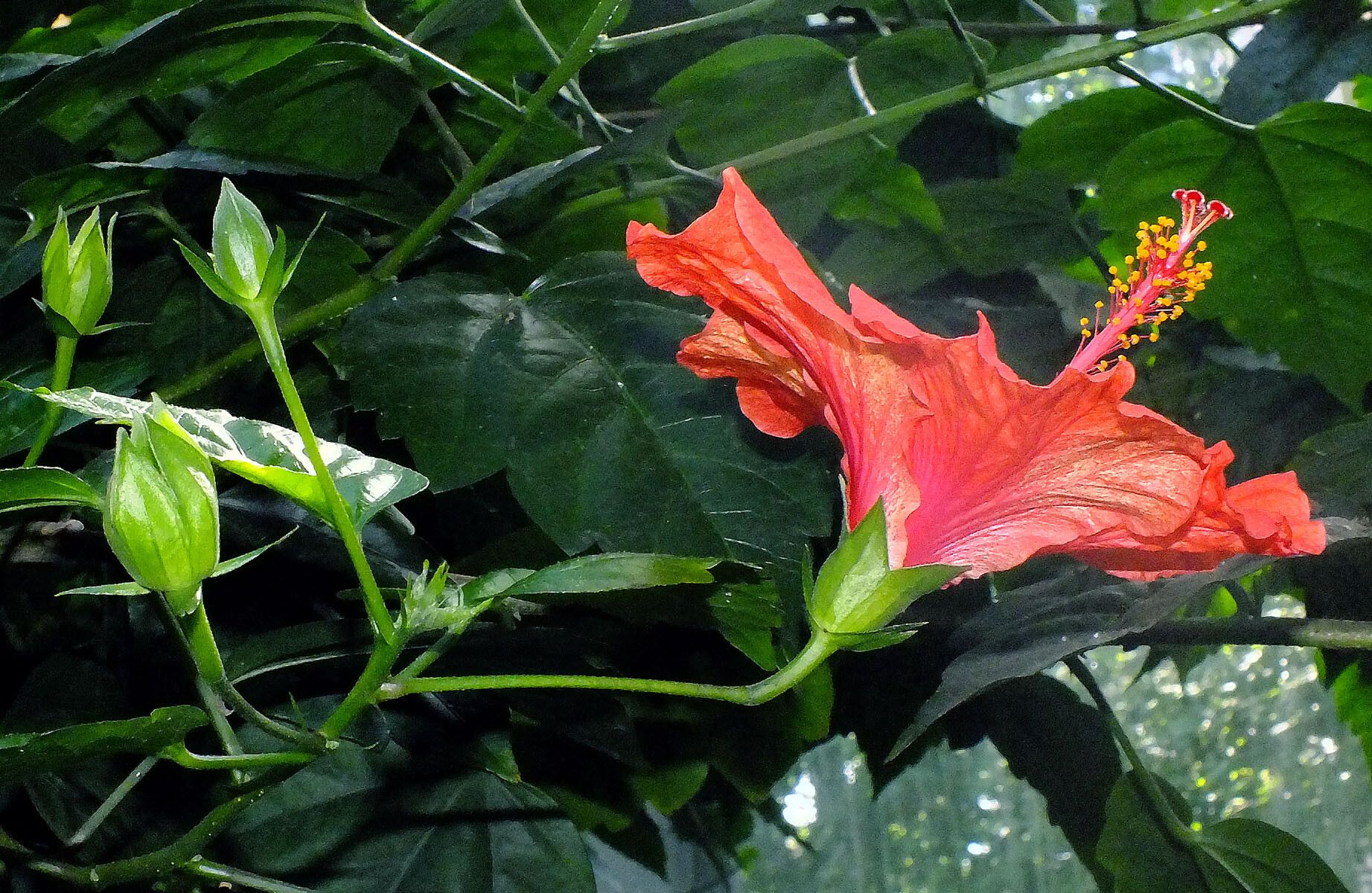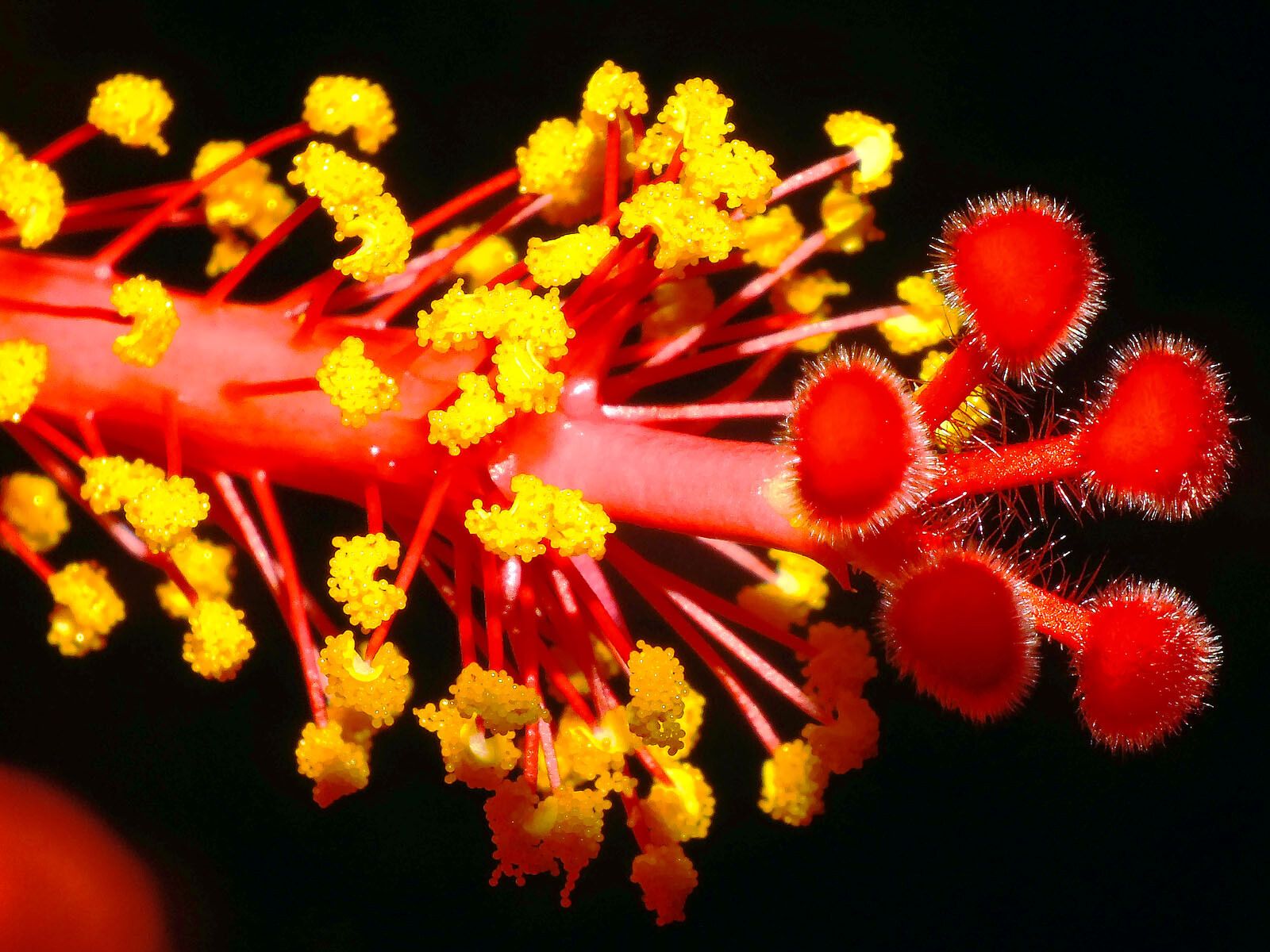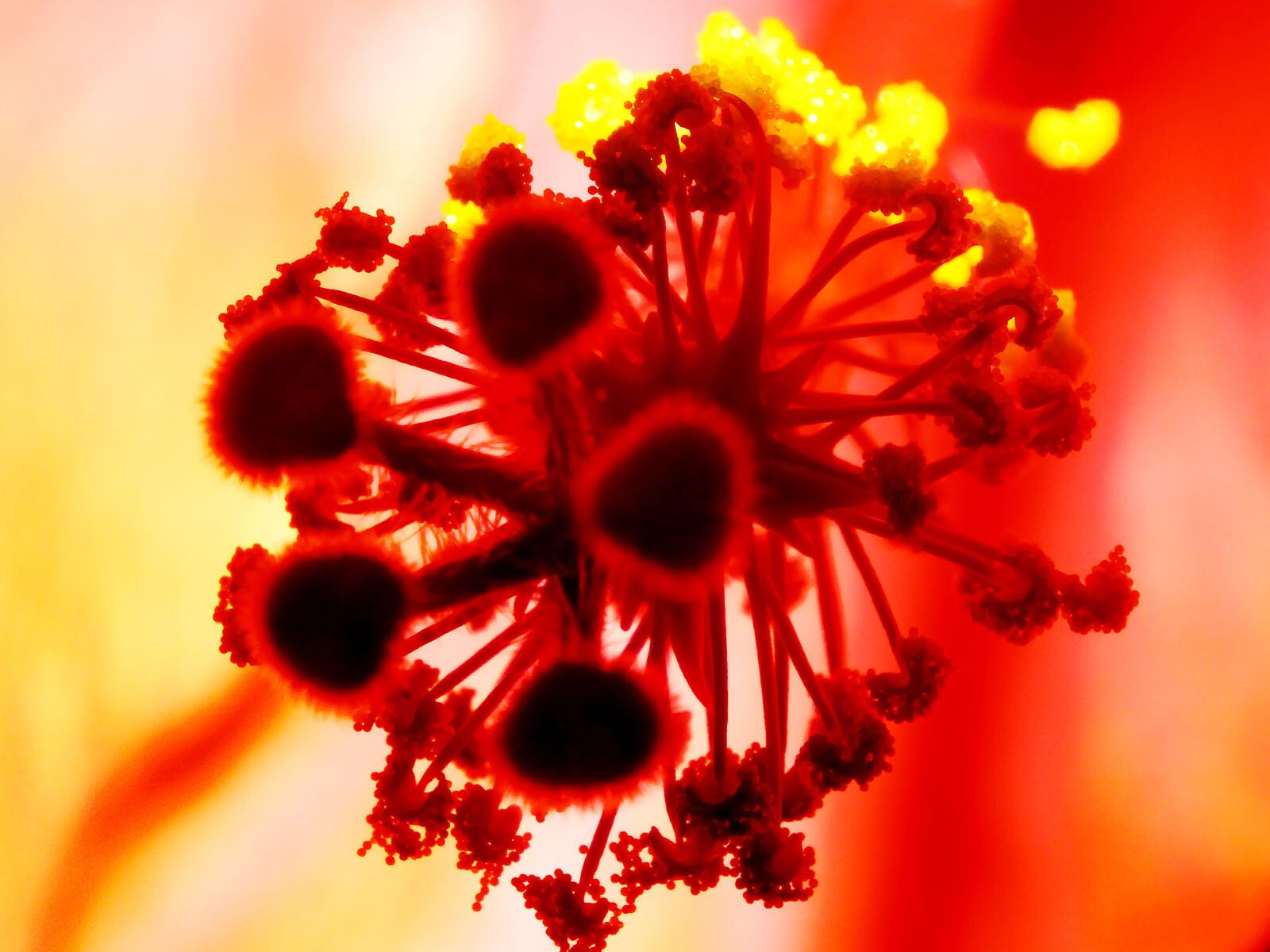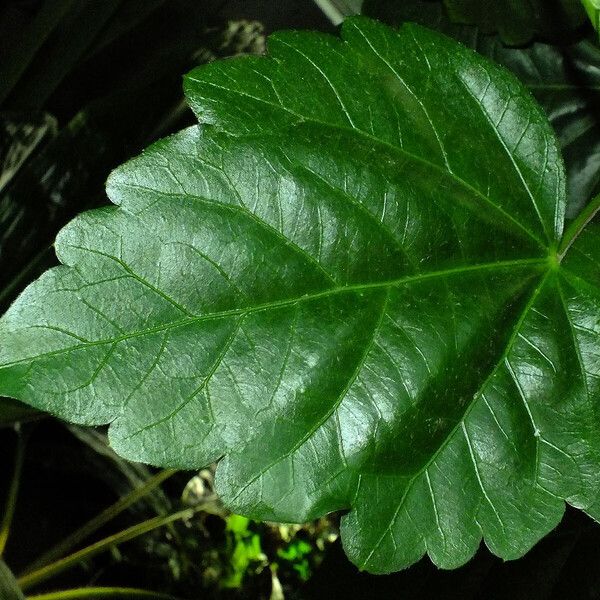Observation
Family
Determination
Proposed determination
Suggest another determination
You don’t agree with the suggested species but don’t have another suggestion
Comments
Additional data
Date created
10 Aug 2024
Last revised
10 Aug 2024
Łódź, Palmiarnia greenhouse
Native to China and perhaps India.
Ornamental plant
Possible pot plant.
Edible plant - young leaves are sometimes used as a spinach substitute, a valuable emergency source of greens; flowers raw or cooked, they can also be made into a kind of pickle or used as a purple dye for colouring foods such as preserved fruits and cooked vegetables; roots are edible but very fibrous and mucilaginous, without very much flavour.
Herbal use - the flowers are aphrodisiac, demulcent, emmenagogue, emollient and refrigerant, they are used internally in the treatment of excessive and painful menstruation, cystitis, venereal diseases, feverish illnesses, bronchial catarrh, coughs and to promote hair growth, an infusion of the flowers is given as a cooling drink to ill people; the leaves are anodyne, aperient, emollient and laxative, a decoction is used as a lotion in the treatment of fevers, a preparation from the leaves is used to treat postpartum relapse sickness, to treat boils, sores and inflammations; the leaves and flowers are beaten into a paste and poulticed onto cancerous swellings and mumps; the flowers are used in the treatment of carbuncles, mumps, fever and sores; the roots are a good source of mucilage and is used as a substitute for marsh mallow (Althaea officinalis) in the treatment of coughs and colds, a decoction of the roots is used to treat sore eyes, a paste made from the roots is used in the treatment of venereal diseases.
Usable plant - paper coloured with the petals can be used in the place of litmus as a test for acids and alkalis; a good quality fibre is obtained from the stem.
Shared in
Groups (17)







